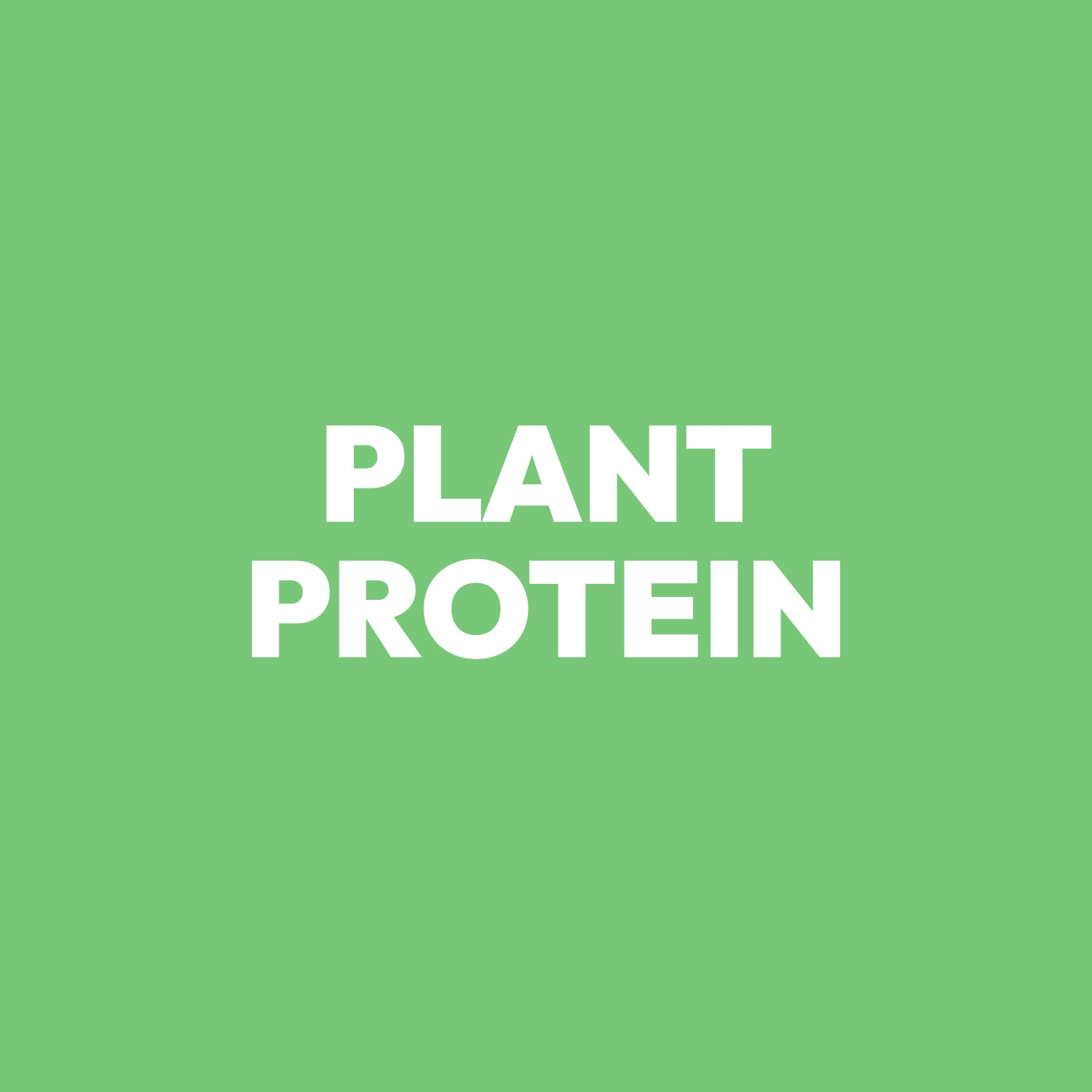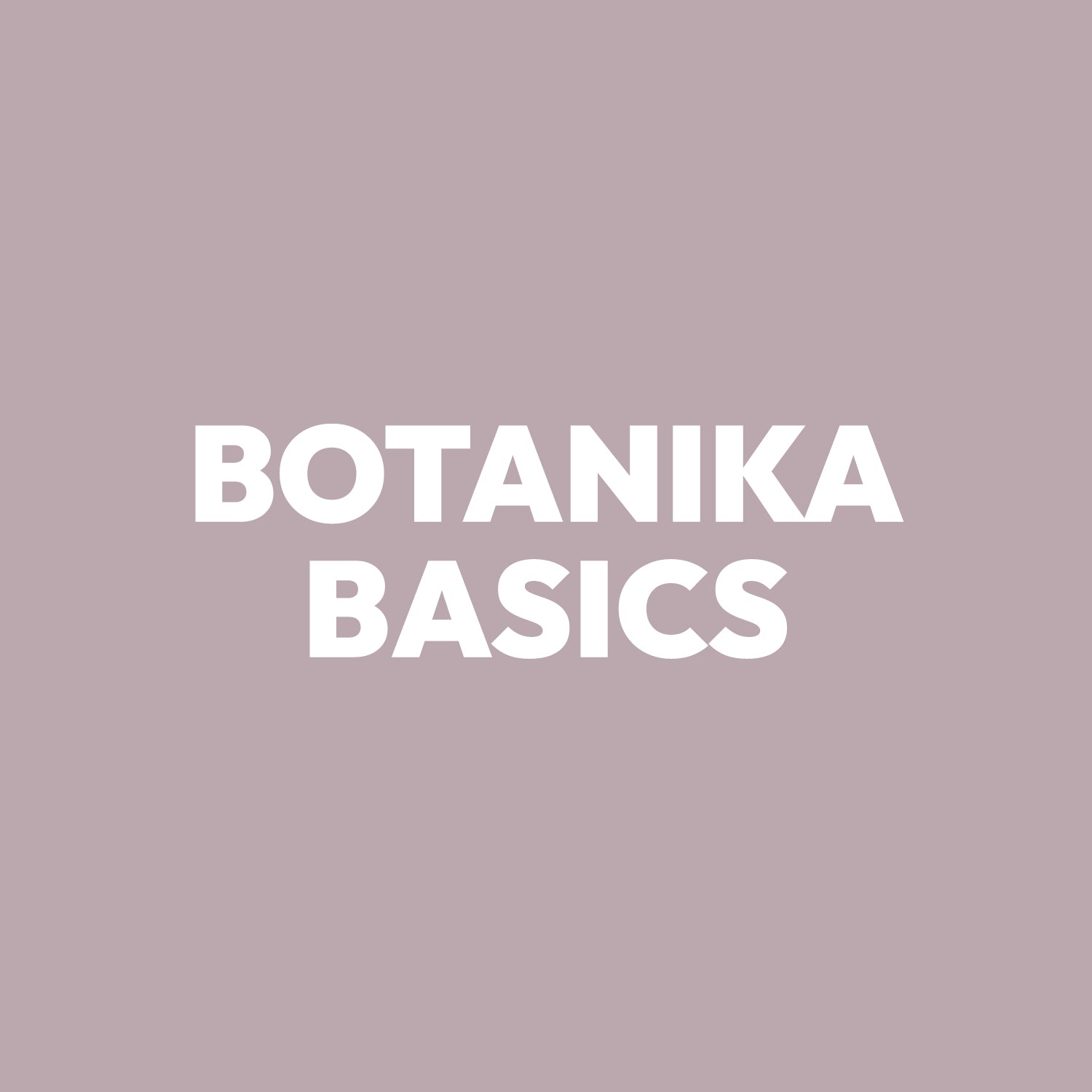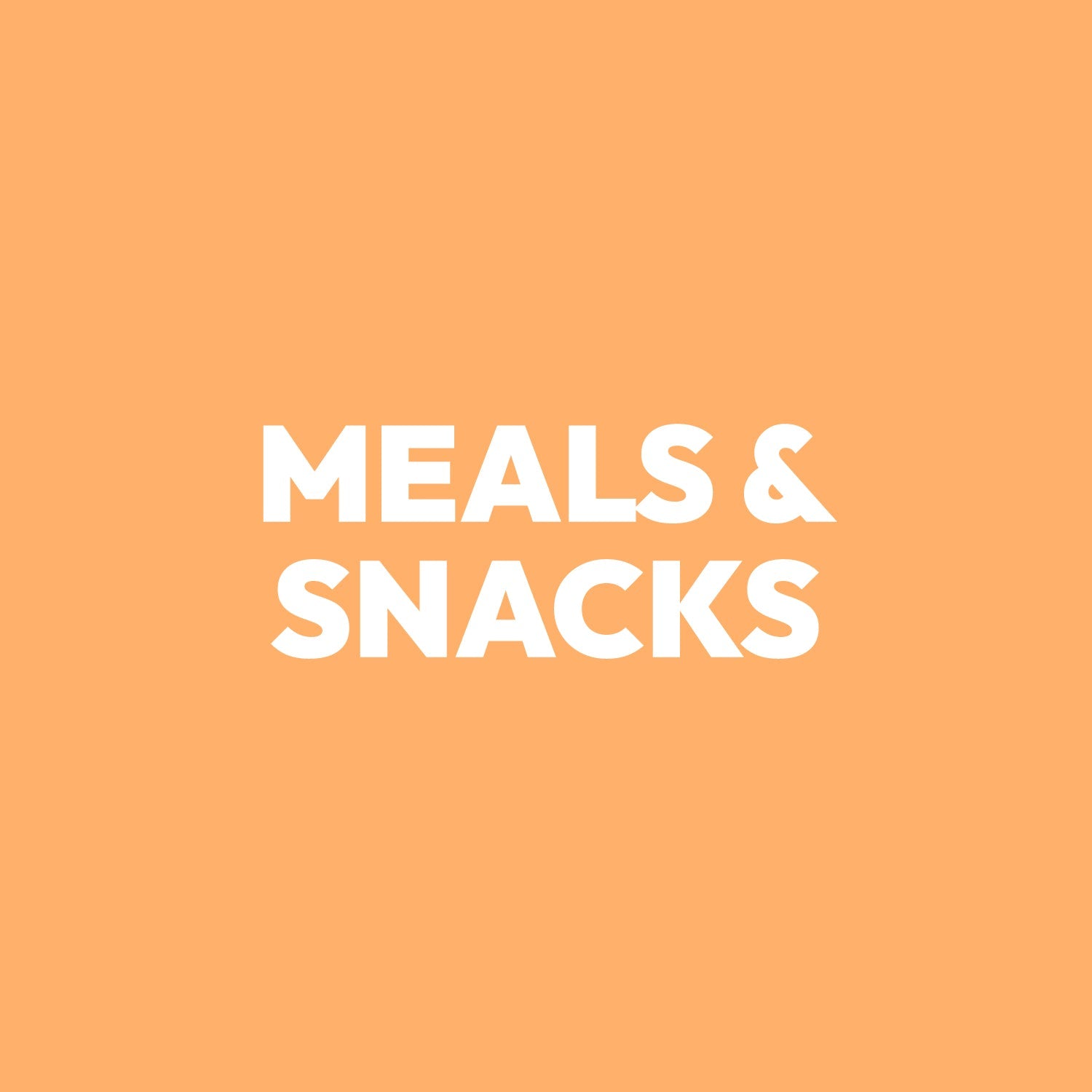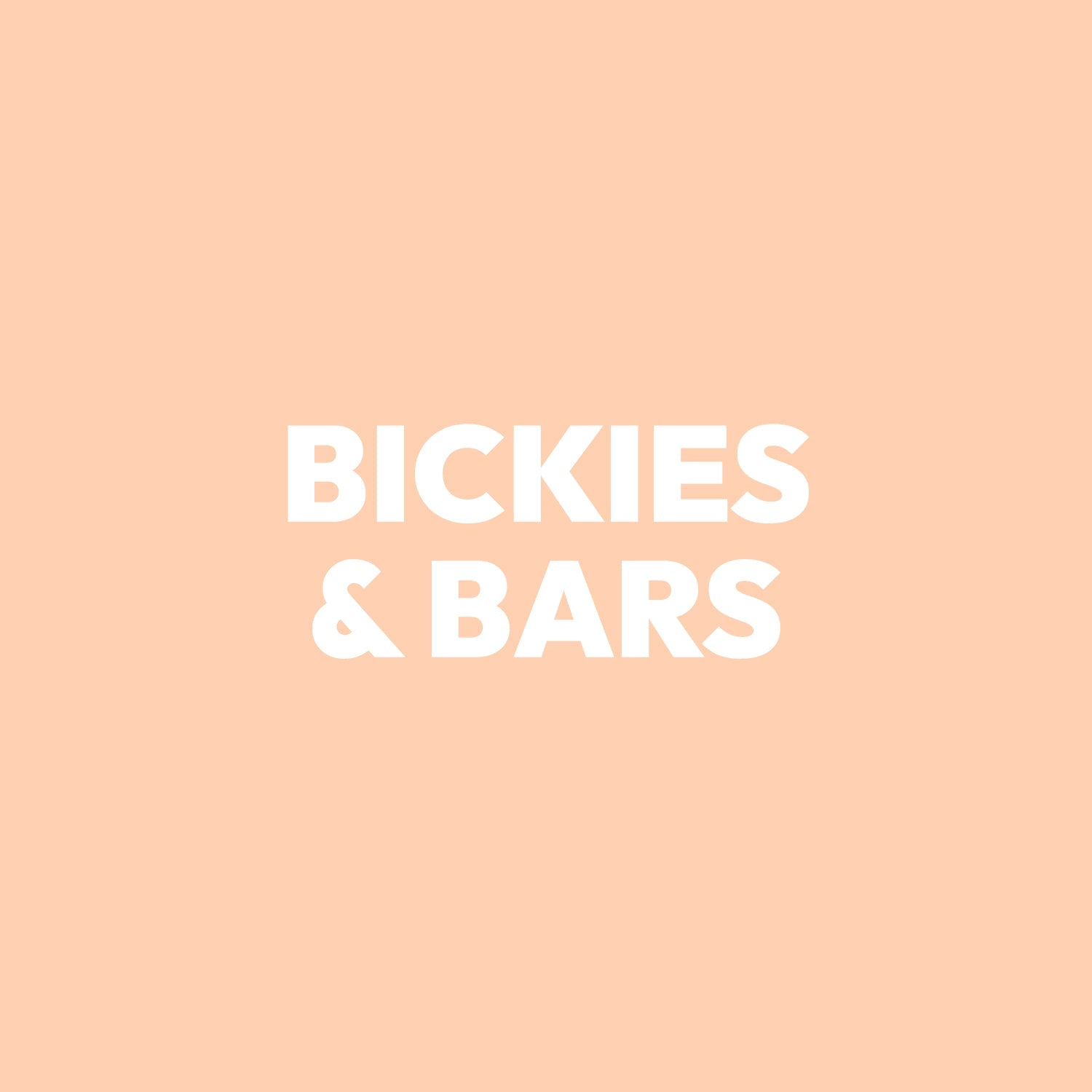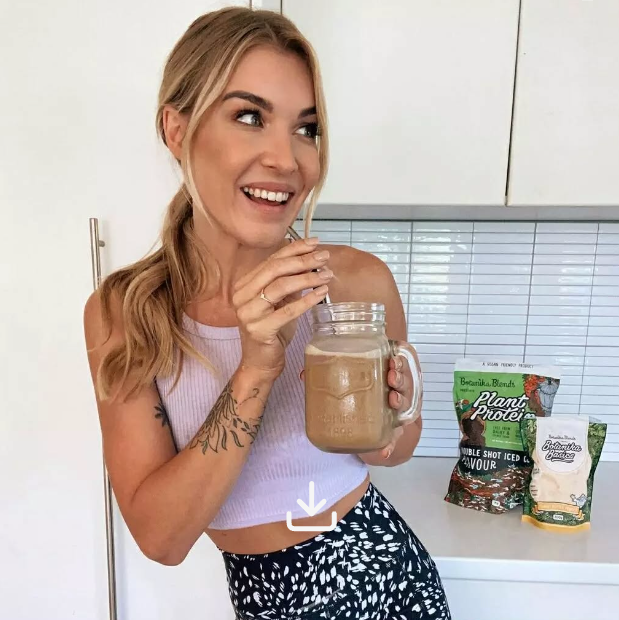

Protein Powder vs Meal Replacement
In a world full of nutrition products, there’s often confusion surrounding protein powder vs meal replacement. Both are convenient, both come in powder or shake form—but they serve different purposes.

Understanding those key differences can help you choose the right tool for your healthy diet, weight management, or muscle gain ambitions.
What Is a Meal Replacement?
A meal replacement shake (or meal replacement powder) is formulated to replace a meal by supplying a more complete mix of macronutrients and micronutrients. It’s not just about protein. A quality nutritious meal replacement aims to deliver:
-
Protein, healthy fats, and fibre
-
Vitamins and minerals (essential for overall health)
-
A moderate amount of carbohydrates
-
Enough calories to feel like a balanced meal
-
Portion control, pre‑measured to avoid overeating
Meal replacement shakes tend to offer 150–400 calories per serving, with a multi‑nutrient profile that mimics a balanced meal. Because they include all the nutrients your body expects from a full meal, meal replacements are often used for weight loss, busy days, or when you’re on the go and can’t eat a regular meal.
What Is a Protein Shake / Protein Powder?
On the other hand, protein shakes (made from protein powders) are designed to supplement—not replace—a meal. Their prime role is to boost your protein intake and support muscle recovery, muscle tissue repair, or lean muscle mass maintenance.
👉 Check this article about how does protein powder work?
Key features of protein powders:
-
High protein content (often 20–30 g or more per serve)
-
Minimal fat or carbohydrates (unless enriched)
-
Derived from protein sources like whey, pea protein, or brown rice protein
-
Sometimes includes amino acids, digestive enzymes, or probiotics

👉 Discover our plant protein powders
Because they lack the full mix of fats, carbs, fibre, and micronutrients, protein shakes typically aren’t enough on their own to provide a full meal.
Protein Powder vs Meal Replacement: Key Differences
Below is a comparison of how meal replacement and protein powder differ across important factors:
|
Feature |
Meal Replacement |
Protein Powder / Shake |
|---|---|---|
|
Purpose |
Designed to replace a meal, offering a more complete nutrition |
Designed to supplement protein in your diet |
|
Macronutrient Balance |
Includes protein + carbs + healthy fats + fibre |
Mostly protein, with minimal fats or carbs |
|
Vitamins & Minerals |
Fortified with vitamins and minerals to mimic a whole meal |
Some include micronutrients, but many don’t provide all the nutrients |
|
Calorie Content |
Moderate (150–400 kcal) for portion control |
Lower in calories, focused on protein |
|
Satiety / Fullness |
More filling, helps curb hunger |
Less filling, may need to pair with solids |
|
Intended Use |
Replace one or two meals especially during weight loss or busy periods |
Added to regular meals, used post‑workout, or in between meals |
|
Role in Diet |
A nutritious meal replacement when needed |
A protein shake or protein supplementation aid |
Because of these distinctions, meal replacement shakes often support weight loss goals more directly by controlling calories and simplifying meals. Meanwhile, protein supplements help ensure enough protein without drastically altering your diet. Which One Should You Choose?

👉 Discover our plant protein powders
The choice between meal replacement and protein powder depends heavily on your goals and lifestyle.
If your priority is weight loss / weight management
-
A meal replacement shake can simplify calorie control, help with portion control, and reduce the temptation of unhealthy snacks.
-
Since it supplies balanced nutrition, you’ll get vitamins, minerals, healthy fats and fibre, helping you feel fuller.
-
Use it to replace one or two meals, not all meals. Over-relying on shakes may compromise nutrition from whole foods.
If your priority is muscle growth / fitness / active lifestyle
-
Use protein shakes / protein powder to supplement your diet so that you hit your daily intake of protein.
-
They work great post-workout, or added to smoothies or meals, to boost amino acids available for muscle recovery and muscle gain.
-
Pair your protein shake with healthy meals containing whole foods so you still get the missing nutrients.
You can also combine both approaches: a meal replacement powder for a quick lunch on busy days, and a protein shake to support your training.
Pros & Cons to Be Aware Of
Meal Replacement — Pros:
-
Convenient and time-saving
-
Helps with portion control and calorie restriction
-
Balanced nutrient profile (macro + micro)
-
Useful during weight loss or very busy days
Meal Replacement — Cons:
-
Risk of missing out on phytonutrients, diversity, enjoyment of food
-
Overreliance can lead to bland diet
-
Some contain artificial ingredients or excessive sugar, so read the label
Protein Powder — Pros:
-
Delivers high protein with flexibility
-
Helps with building blocks for muscle and recovery
-
Versatile: blend into food, snacks, shakes
👉 Check this article about how many protein scoops per day?
Protein Powder — Cons:
-
Not a complete meal on its own
-
Doesn’t typically supply all vitamins, minerals, or healthy fats
-
Can lead to overconsumption if not balanced with whole foods
Practical Tips for Use
-
Always look at the nutritional value and ingredient list. A good meal replacement or protein powder will show transparent macros, vitamins, and avoid too many additives.
-
For a protein shake to approach a meal replacement, add healthy fats (e.g. nut butter, avocado), fibre (e.g. oats, chia), and maybe some fruit or veggies. This helps round out nutrients.
-
Don’t rely purely on shakes. Whole foods give you phytonutrients, textures, and variety that benefit overall health.
-
Use meal replacement products strategically—like on busy days or when you skip meals.
-
Use protein supplementation to plug gaps, especially on training days.
-
Stay mindful of your calorie balance. Even the best shakes can contribute to weight gain if your overall intake is too high.
👉 Check this article about vegan protein vs whey protein for weight loss
Share:
FAQ – Protein Powder vs Meal Replacement
More blogs
-

Better-For-You Caramel Bars (Vegan Friendly)
Move over, Twix, these vegan caramel bars are here to steal the (snack) spotlight. No refined sugar, no dairy, and absolutely no boring allowed. These better-for-you bars layer a soft, shortbread-style base with a gooey caramel centre (infused with our...
-

Choc & Raspberry Protein Bars (Vegan Friendly)
No bake. No blender. No bull. Just ridiculously easy, high-protein deliciousness. We get it, sometimes you want a snack that feels like dessert but acts like a nutritional overachiever. Enter: these Vegan Choc & Raspberry Protein Bars. They’re crunchy, chocolatey,...
-

10 Tips for Effective Exercise Recovery
Training hard is only half the story—recovery is where real progress happens. Whether you’re lifting weights, running hills, or smashing HIIT, giving your body time to heal and rebuild is essential for muscle growth, performance, and injury prevention. Here are...

